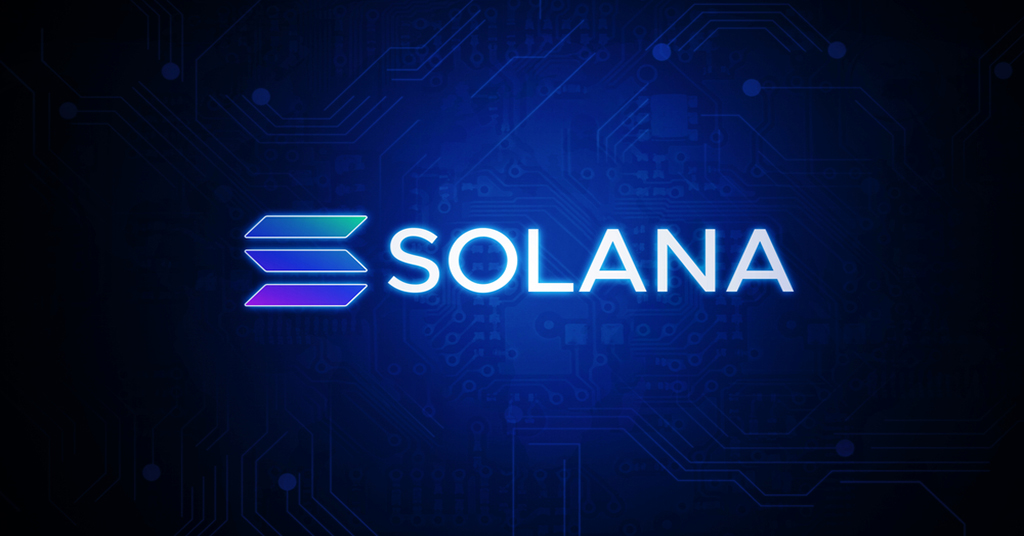Understanding the Associated Token Program on Solana: A Developer’s Guide
 Rajtilak Pandey
Rajtilak Pandey
If you’ve been exploring the Solana ecosystem, you’ve likely come across terms like "SPL Tokens," "Token Program," and perhaps the slightly mysterious "Associated Token Program." While Solana’s high-speed, low-cost blockchain has made it a favorite for developers building decentralized applications (dApps), understanding its token management system is key to unlocking its full potential. In this article, we’ll dive into the Associated Token Program (ATP)—what it is, why it exists, and how it simplifies token handling on Solana.
What is the Associated Token Program?
The Associated Token Program is a utility within Solana’s ecosystem designed to streamline the management of SPL Tokens (Solana Program Library Tokens), which are Solana’s equivalent of ERC-20 tokens on Ethereum. Specifically, it provides a standardized way to create and manage Associated Token Accounts (ATAs)—special accounts that hold a user’s tokens in a predictable, deterministic manner.
On Solana, every token a user owns must be stored in a dedicated account, unlike Ethereum, where a single wallet address can hold multiple token balances. This account-based model offers flexibility and performance benefits, but it also introduces complexity: users need a unique token account for each token type they hold. The Associated Token Program solves this by automating the creation and lookup of these accounts.
Why Do We Need ATAs?
To understand the need for the Associated Token Program, let’s break down Solana’s token architecture:
Token Accounts: In Solana, tokens aren’t stored directly in your wallet (public key). Instead, they reside in separate accounts called token accounts, which are owned by the SPL Token Program. Each token account is tied to a specific token mint (the token’s origin) and a specific owner (your wallet).
Manual Account Creation: Without the ATP, every time you wanted to receive a new type of token, you’d have to manually create a token account for that token mint. This process involves generating a new account, funding it with SOL for rent (Solana’s account storage fee), and linking it to the token mint. Imagine doing this for every token you receive—tedious, right?
Interoperability Issues: dApps and wallets need a consistent way to send tokens to users. Without a standard, a dApp might send tokens to a random token account, leaving the recipient unsure of where to look.
The Associated Token Program addresses these pain points by introducing a deterministic account derivation process. It ensures that for any given wallet and token mint, there’s exactly one canonical token account—the Associated Token Account (ATA).
How Does the Associated Token Program Work?
The ATP leverages Solana’s Program-Derived Addresses (PDAs) to generate ATAs. A PDA is a special type of address that isn’t controlled by a private key but is instead derived programmatically using a combination of seeds and a program ID. For ATAs, the seeds are:
The wallet’s public key (the token owner).
The token mint’s public key (the specific token type).
The SPL Token Program ID.
Using these inputs, the ATP calculates a unique ATA address for every wallet-token pair. This address is predictable, meaning anyone (wallets, dApps, or users) can compute it independently without needing to query the blockchain.
Here’s the magic: if the ATA doesn’t exist yet, the ATP can create it on-demand when tokens are sent to it, ensuring a seamless user experience. This eliminates the need for users to pre-create token accounts manually.
Benefits of the Associated Token Program
Simplified User Experience: Users don’t need to manage multiple token accounts or worry about creating them. Send a token to someone’s ATA, and it just works.
Standardization: dApps and wallets can rely on a single, predictable address for token transfers, improving interoperability across the ecosystem.
Efficiency: By automating account creation and reducing manual steps, the ATP saves time and reduces the risk of errors.
Security: Since ATAs are PDAs owned by the SPL Token Program, they inherit the program’s security guarantees, ensuring tokens can only be managed according to predefined rules.
How to Use the Associated Token Program
If you’re a developer building on Solana, interacting with the ATP is straightforward, thanks to libraries like @solana/spl-token in JavaScript/TypeScript or solana-program in Rust. Here’s a quick example in JavaScript using the Solana Web3.js library:
javascript
import { getAssociatedTokenAddress, createAssociatedTokenAccountInstruction } from '@solana/spl-token';
import { Connection, PublicKey, Transaction, sendAndConfirmTransaction } from '@solana/web3.js';
async function createATA(walletKeypair, tokenMint, connection) {
// Derive the ATA for the wallet and token mint
const ata = await getAssociatedTokenAddress(
new PublicKey(tokenMint), // Token mint address
walletKeypair.publicKey // Wallet public key
);
// Check if the ATA exists; if not, create it
const accountInfo = await connection.getAccountInfo(ata);
if (!accountInfo) {
const transaction = new Transaction().add(
createAssociatedTokenAccountInstruction(
walletKeypair.publicKey, // Payer (funds the account creation)
ata, // The ATA address
walletKeypair.publicKey, // Owner of the ATA
new PublicKey(tokenMint) // Token mint
)
);
await sendAndConfirmTransaction(connection, transaction, [walletKeypair]);
console.log(`ATA created: ${ata.toBase58()}`);
} else {
console.log(`ATA already exists: ${ata.toBase58()}`);
}
return ata;
}
This code derives the ATA for a given wallet and token mint, checks if it exists, and creates it if necessary. Once the ATA is ready, you can use it to send or receive tokens.
Real-World Use Cases
Wallets: Phantom and Solflare use ATAs to manage users’ token balances seamlessly.
DEXs: Decentralized exchanges like Serum or Raydium rely on ATAs to handle token swaps and deposits.
NFTs: Many Solana NFT projects use ATAs to distribute tokens or rewards to holders.
Conclusion
The Associated Token Program is a small but mighty piece of Solana’s infrastructure. By abstracting away the complexity of token account management, it empowers developers to build user-friendly dApps and ensures a smooth experience for end-users. Whether you’re creating a token, building a marketplace, or just exploring Solana, understanding the ATP is a must.
Subscribe to my newsletter
Read articles from Rajtilak Pandey directly inside your inbox. Subscribe to the newsletter, and don't miss out.
Written by
